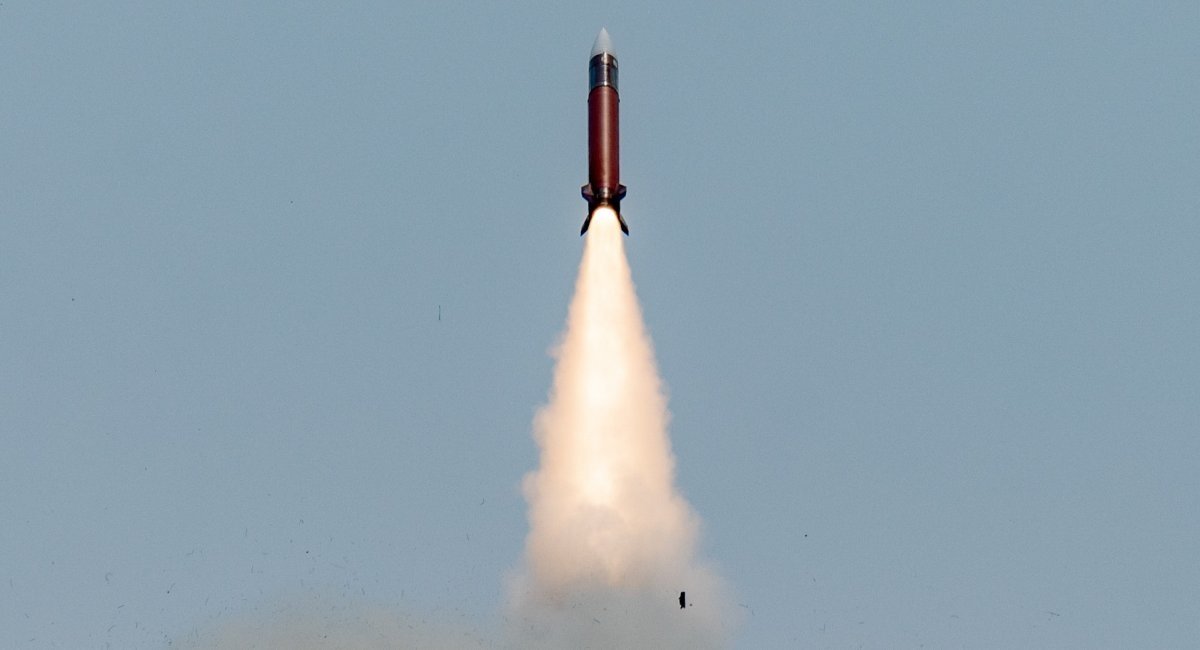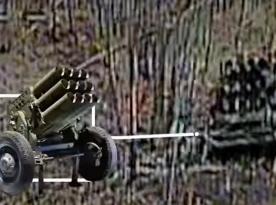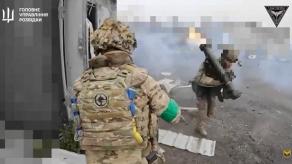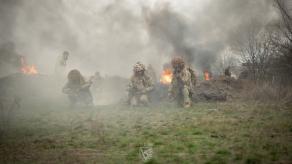On Saturday, March 2, there was a rather illustrative case when, only one of two russian aircraft that were shoot down by anti-aircraft missiles. The Defense Forces of Ukraine managed to strike Su-34 frontline bomber, while the multi-role fighter had a chance to evade.
The answer to the question of whether an aircraft can evade a missile hit will be positive.
Read more: Ukrainian Air Force Probably Use Rare Soviet Kh-25 Missiles With Su-24M Aircraft
Of course, it can be argued that an airplane can evade a missile. But a huge number of additional conditions are added that directly affect the result.
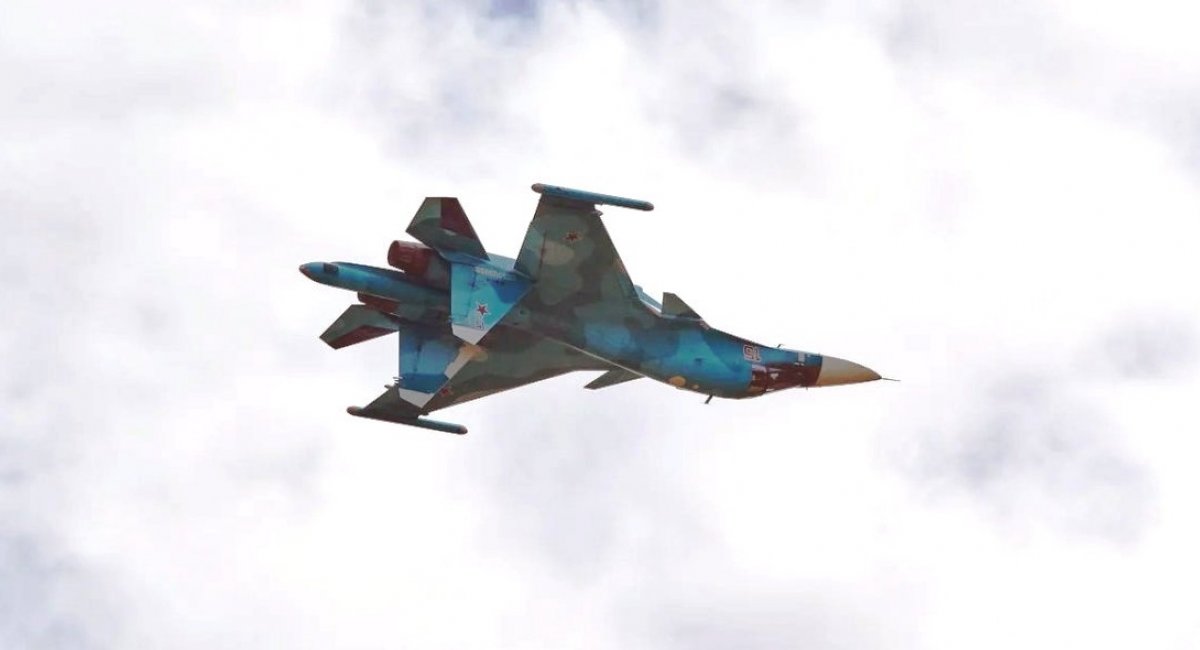
In particular, anti-missile maneuvers are one of the basics of tactical aviation pilot training, but none of them is related to attempts to evade the missile. Moreover, they may differ depending on the type of missile fired - whether it is MANPADS or a long-range missile of Patriot or S-400 SAM systems. There are other important factors that influance the result, like: the course and range; the flight mode as well as parameters of the aircraft; the missile guidance system, etc.
But in our case, we are talking about a conditional Patriot with a PAC-2/GEM+ anti-aircraft missile that launches at a high-altitude target at a range close to the maximum, which is defined in the range of 150-160 kilometers as well as no-escape zone of about 110 kilometers. The guidance system of this missile is radio-command on marching section as well as on terminal section - with the target coordinates specified through the semi-active missile head (Track-via-missile - TVM). With such a guidance system, even before the missile is launched, the onboard equipment of any combat aircraft, including russian ones, will firstly detect the Patriot radar operating on it. And then the radar will switch from tracking mode to firing mode, which will mean the start of the countdown in seconds.
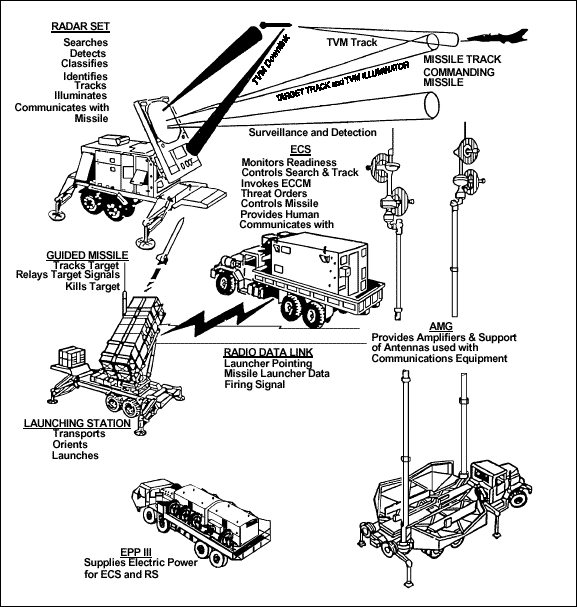
The pilot takes evasive action according to instructions. The easiest way to deal with this situation is when the aircaft is at altitude and cruising speed. In this case pilot needs to dive down with a maximum speed and break the distance in turbine mode.
In this situation, every second is matter as well as a lot depends on the aircraft itself, its maneuverability and the permitted overloading.
For the Su-35 fighter, it is approximately 9G, but for the Su-34 frontline bomber it is 7G. The Su-34 is about four tons heavier than the Su-35 (when empty) and has a lower payload. Before the maneuver is performed, the Su-34 has to drop its bombs, which imposes additional restrictions on the maneuver.
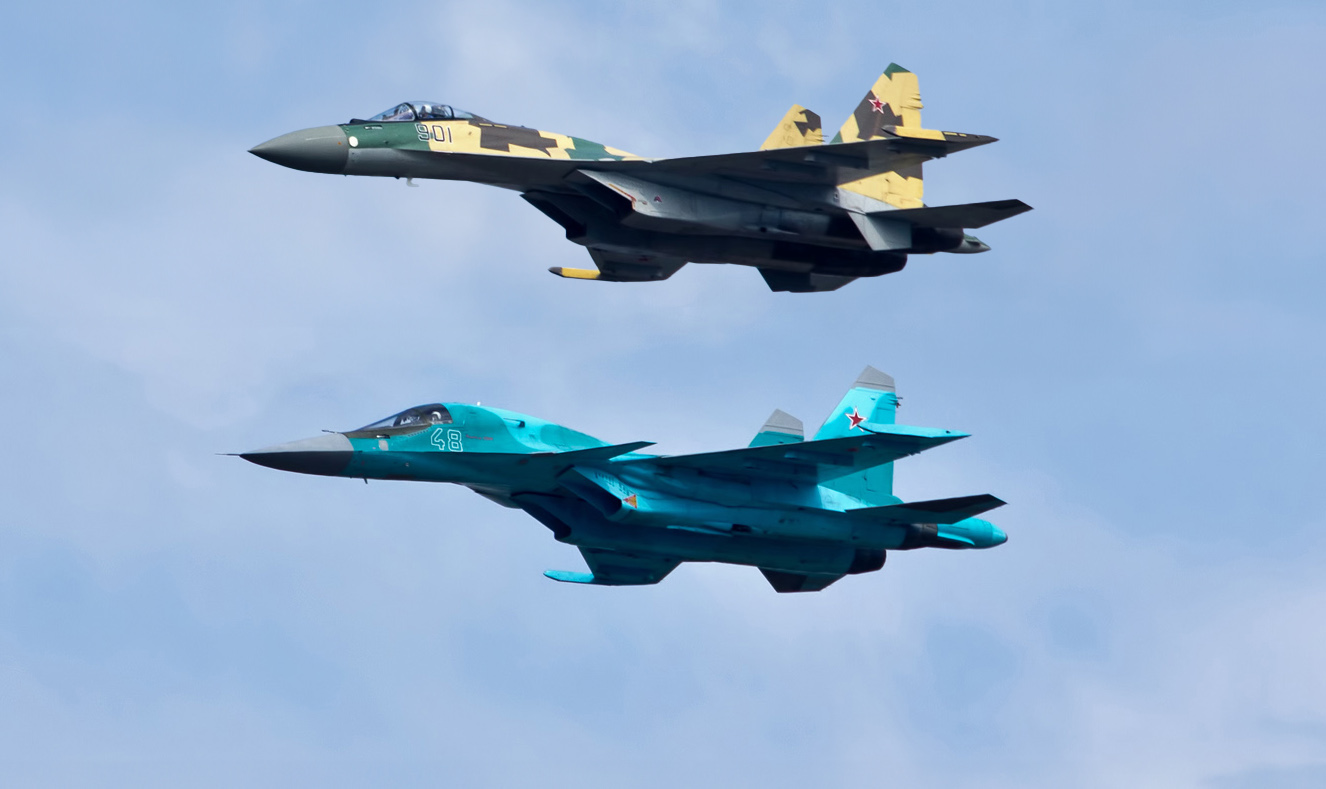
As a result, the Su-34 has fewer chances to escape than the Su-35 aircraft, which is perfectly reflected in the statistics: from February 17 to March 2, 12 Su-34 as well as two Su-35 aircraft were shot down by the Defense Forces of Ukraine.
Earlier Defense Express reported that Rostec had wanted to resume production of A‑50U AEW&C systems but new aircraft would not be ready any soon as history shows.
Read more: Satellite Images Indicate that russian A-50 Aircraft Are Inoperable




